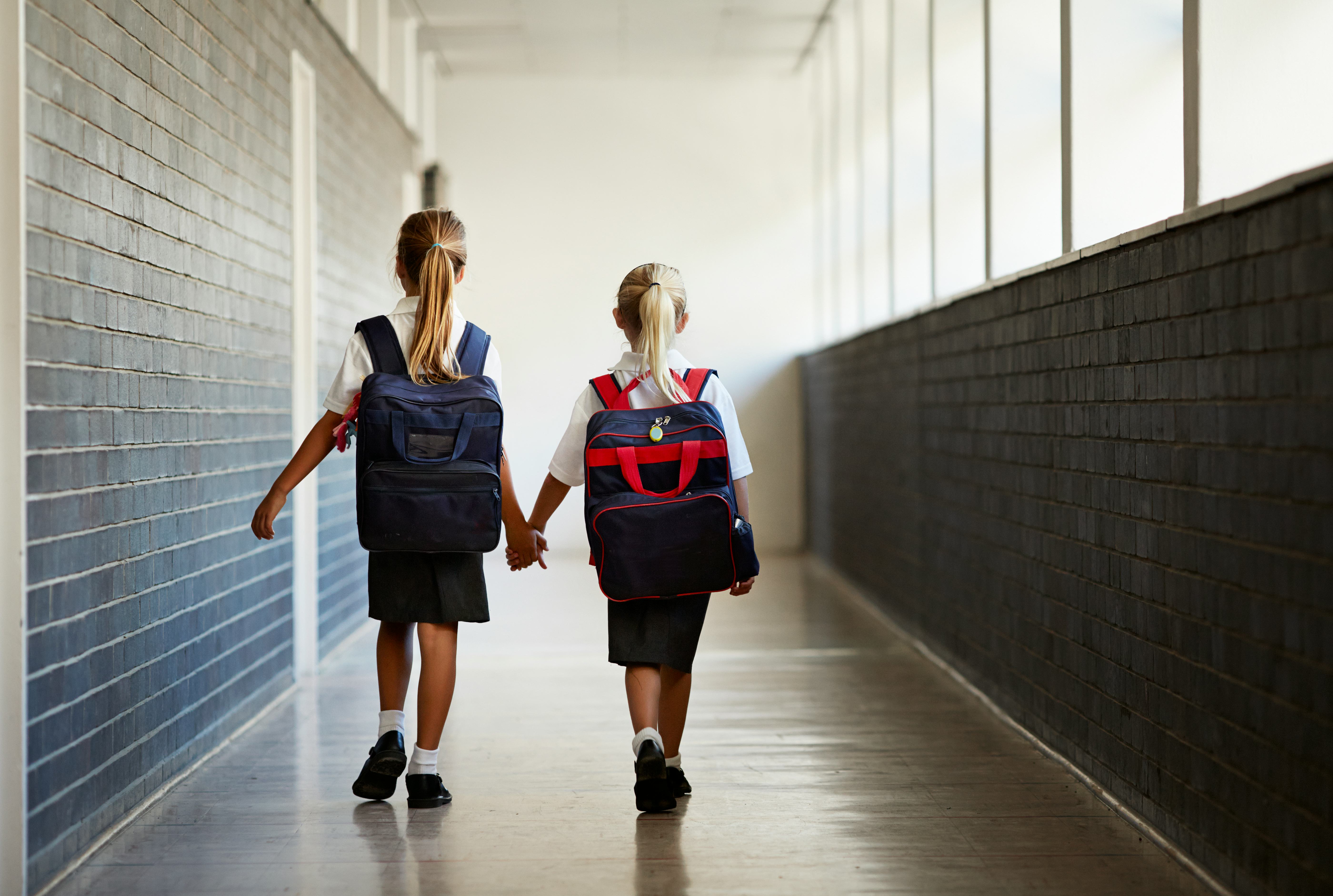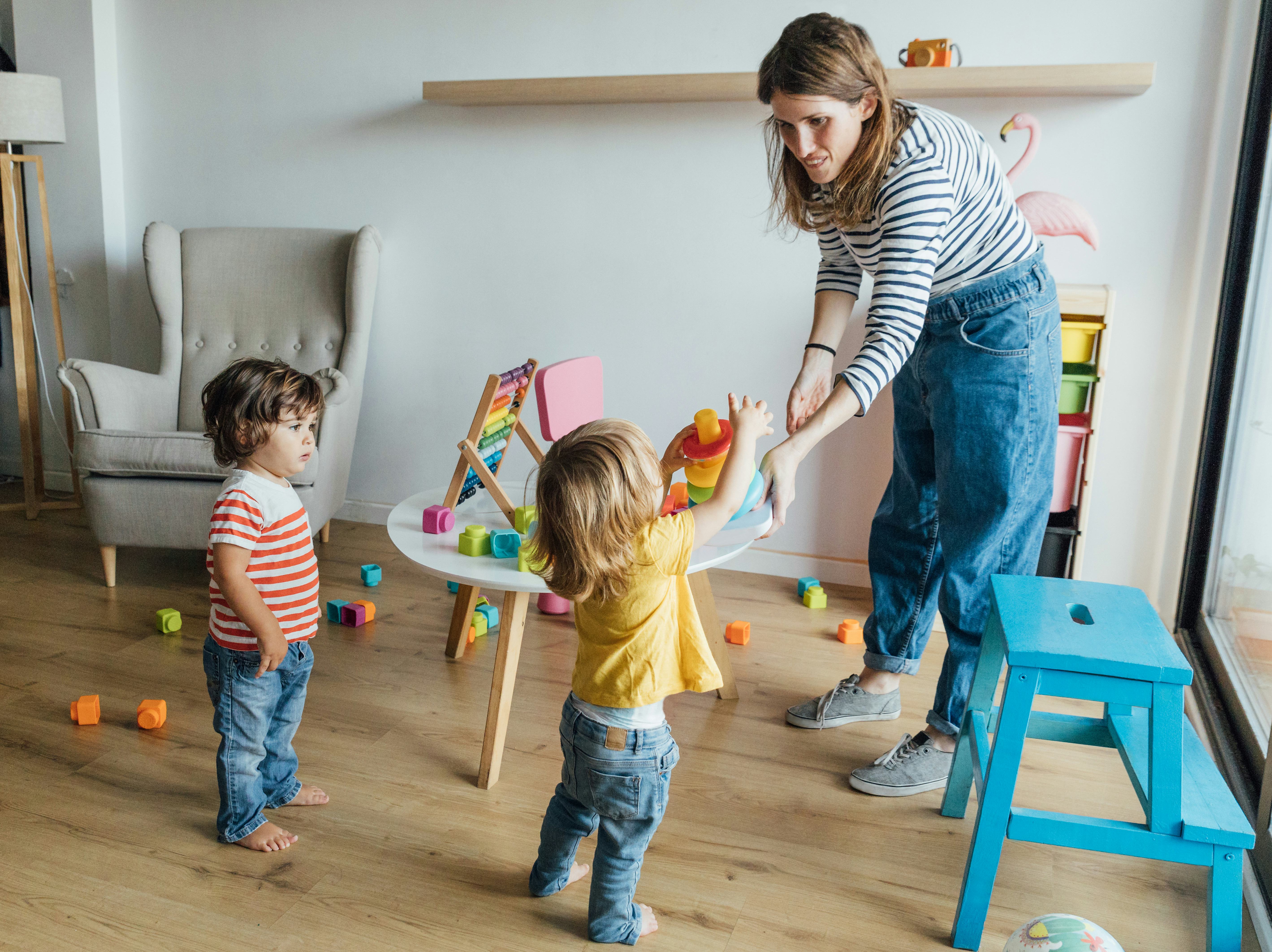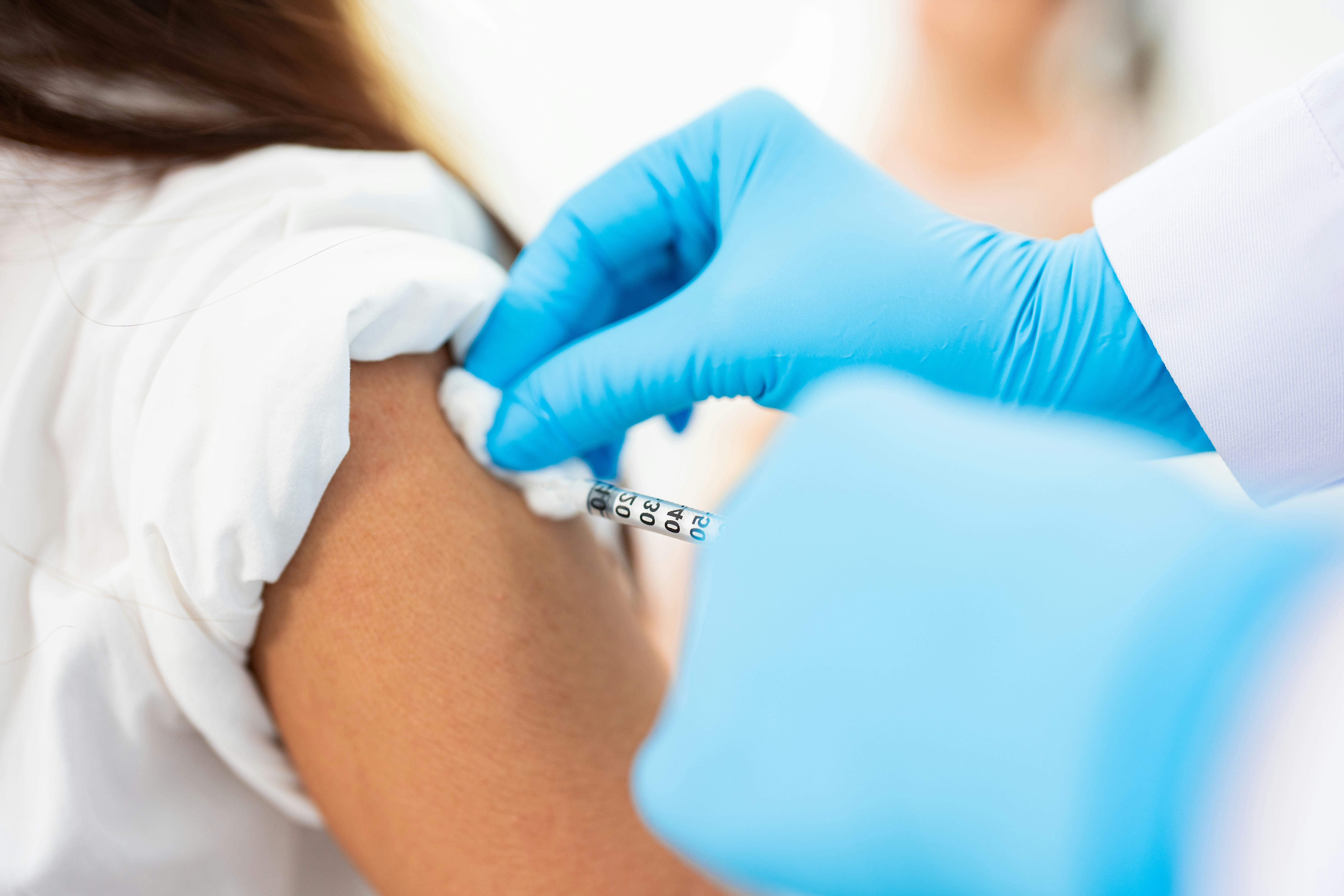
Public health officials across the globe are trying to contain the unusual outbreaks of the monkeypox virus. First identified in the U.S. in May, the virus, which is in the same family as smallpox but causes less severe disease, is endemic in some African countries but is typically not seen in significant numbers outside those locales. This year, most of the cases outside endemic countries have been found in men who have sex with men; the virus is primarily transmitted through skin-to-skin contact or prolonged close contact.
A minority of cases have been found in other demographics, including children. This is especially notable because a 2005 study found that children under the age of eight are most likely to have severe outcomes from the virus. With schools beginning to open, Inverse asked infectious disease experts about how worried we should be about kids and monkeypox exposure.
Are young kids at higher risk for severe monkeypox?
C. Buddy Creech is a professor in the division of Pediatric Infectious Diseases at Vanderbilt University’s School of Medicine and Director of the Vanderbilt Vaccine Research Program. He tells Inverse that “the underlying reasons for why children can have more severe disease are incompletely understood.”
In part, he says, it may be that children and young adults have never been immunized against smallpox, which provides some degree of protection against monkeypox.
The CDC’s statement that children may have more severe outcomes may stem from a study published in the journal Clinical Infectious Diseases, which found that, in a small outbreak in 2003, children were more likely to require intensive care than adults. In those cases, however, the virus was of the Congo Basin clade, which tends to cause more severe illness in adults and children. The 2022 cases outside endemic countries stem from the West African clade, which has less severe outcomes.
Creech underscores the difficulty of extrapolating one study to monkeypox outbreaks more generally because “each outbreak is slightly different – different populations, different regions providing different resources, and different strains of the virus.”
Peter Hotez, Dean of the National School of Tropical Medicine at Baylor College of Medicine and Co-Director of the Texas Children’s Hospital Center for Vaccine Development tells Inverse that we simply don’t have enough data about children and the current outbreak to say anything definitively.
“I don’t think the four or five cases we’ve seen in the U.S. thus far are terribly instructive at this point,” he says.

Creech agrees. “So few children have been infected at this point in the U.S. that no clear patterns have emerged.”
How worried should we be about outbreaks in schools?
The experts Inverse spoke with were somewhat split about how bad outbreaks in schools could become.
Norman Beatty, an Assistant Professor of Medicine at the University of Florida College of Medicine, and infectious disease specialist, tells Inverse, “Monkeypox could easily spread among children at daycare or within a school system. This is a valid concern.”
Hotez is not currently too worried about outbreaks in schools — yet.
“Transmission occurs through fairly prolonged, close, intimate contact. If kids were going to be a major population affected, I would expect to see more household transmission to kids than we’re currently seeing,” he says. “If the force of infection goes up and we start seeing hundreds of thousands of cases, then weird stuff starts to happen. But right now, I'm not projecting a big impact on the pediatric population.”
Creech says that what we do now will determine how many kids are ultimately affected.
“We are early in the outbreak,” he says. “If we can continue to limit spread among those that appear to be at highest risk, we can reduce the burden of disease in the community. By reducing overall case counts, we protect our kids.”
One measure Creech thinks would be especially useful in this area is “educating individuals about what pox lesions look like…they are distinct from other childhood rashes.”
What do we know about the safety and efficacy of smallpox vaccines for kids?
Creech says the JYNNEOS vaccine has been studied in several thousands of children, even down to infancy, with “a very good safety record.”

In terms of efficacy, Beatty explains that the JYNNEOS vaccine has been shown to “generate an adequate immune response. Further research is ongoing to determine efficacy and minimum threshold of antibody levels which are needed to prevent clinical disease.”
Further research is also needed to determine if “we can use alternative dosing or routes of administration, such as intradermal administration, in children,” Creech says.
Intradermal administration of a vaccine is when a partial dose of a vaccine is administered just under the skin, as opposed to intramuscularly. This is thought to elicit a faster immune response and allow limited supplies of a vaccine to go further. As Creech notes, whether or not this is an effective approach for the JYNNEOS vaccination in children hasn’t yet been determined.
Preventing monkeypox in kids — and everyone else
Beatty hopes that we have learned important lessons from COVID-19. Though the viruses are very different, many of the principles of mitigating outbreaks are the same, he says.
“Resources from local, state, and federal agencies will need to be implemented sooner than later. Vaccination against monkeypox should be encouraged and made readily available among those who are at risk,” he says. “Access to antiviral treatment needs to be increased in regions with active transmission, and diagnostic testing capabilities should be broadened to allow for timely diagnosis and management.”
Those precautions inherently help protect children from the virus.
“The best way to avoid our children getting monkeypox is to avoid getting monkeypox ourselves,” Creech says. “Household spread is likely to be the most significant risk factor for young children.”







